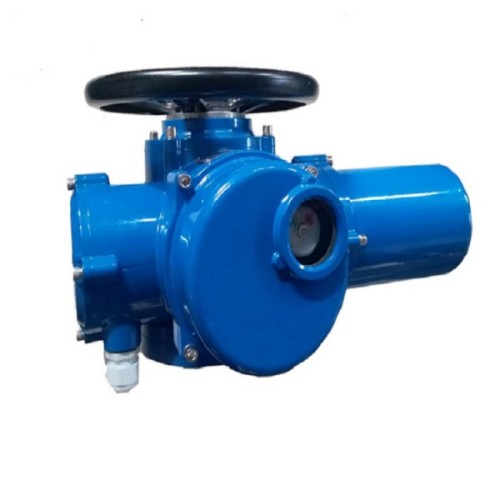manual butterfly valve
Understanding Manual Butterfly Valves A Comprehensive Overview
Manual butterfly valves are an essential component in various industries, providing a reliable method for controlling the flow of fluids and gases. The design and functionality of these valves make them suitable for a wide range of applications, from water treatment plants to chemical processing facilities. This article aims to delve into the characteristics, advantages, and applications of manual butterfly valves.
What is a Manual Butterfly Valve?
A manual butterfly valve consists of a circular disc or butterfly that rotates on a shaft to regulate the flow through a pipe. When the valve is in the open position, the disc is parallel to the flow, allowing for maximum flow capacity. Conversely, when the valve is closed, the disc is perpendicular to the flow, completely obstructing it. This simple yet effective mechanism allows for quick and easy flow control.
Key Components
The primary components of a butterfly valve include
1. Body The body houses all other components and is typically made from materials such as cast iron, stainless steel, or plastic, depending on the application and required durability. 2. Disc The disc is the pivotal element that modulates the flow. Its design can vary, with options including solid, perforated, or lined configurations to suit different applications. 3. Shaft The shaft connects the disc to the actuator and transmits the rotational movement required to open or close the valve. 4. Actuator In the case of manual butterfly valves, the actuator is often a handwheel or lever that allows operators to control the position of the valve easily.
Advantages of Manual Butterfly Valves
1. Simplicity and Ease of Use One of the primary advantages of manual butterfly valves is their straightforward operation. Operators can quickly open or close the valve using a handwheel or lever, making them a user-friendly option for flow control.
2. Compact Design Compared to other types of valves, butterfly valves have a compact design, which makes them ideal for installations with limited space. Their lightweight nature also reduces the stress on supporting structures.
manual butterfly valve

3. Quick Operation The quarter-turn operation enables rapid opening and closing, allowing for efficient control of fluid dynamics in various processes.
4. Cost-Effective The manufacturing processes and materials used in butterfly valves generally make them more economical than other types of valves, such as gate or globe valves, especially in larger sizes.
5. Versatility Manual butterfly valves are versatile and can be utilized in different applications, including water supply systems, HVAC systems, and in diverse industries like oil and gas, food and beverage, and pharmaceuticals.
Applications
1. Water Treatment In water treatment plants, manual butterfly valves help control the flow of treated and untreated water throughout the facility. They are key in regulating flows during processes such as filtration and disinfection.
2. Chemical Processing The chemical industry often uses butterfly valves due to their ability to handle a wide range of chemical compositions and pressures. They can manage corrosive fluids when made from materials like PVC or PTFE.
3. HVAC Systems In heating, ventilation, and air conditioning (HVAC) systems, manual butterfly valves can regulate air and water flow, ensuring optimal performance and efficiency.
4. Food and Beverage The food industry relies on butterfly valves for their ability to maintain hygienic conditions. They allow for smooth flow control with minimal dead space, reducing the risk of contamination.
Conclusion
Manual butterfly valves are invaluable tools in the control of fluid and gas flow across various industries. Their simplicity, efficiency, and versatility make them an excellent choice for multiple applications. By understanding their components and advantages, operators can make informed choices that enhance the functionality and reliability of their systems. Whether in water treatment, chemical processing, or HVAC applications, manual butterfly valves continue to play a crucial role in ensuring operational success.
-
The Key to Fluid Control: Exploring the Advantages of Ball Valves in Industrial SystemsNewsJul.09,2025
-
The Versatile World of 1, 2, and 3 Piece Ball ValvesNewsJul.09,2025
-
Stainless Steel Ball Valves: The Ideal Choice for Efficient Flow ControlNewsJul.09,2025
-
Optimizing Fluid Control with Ball Float ValvesNewsJul.09,2025
-
Manual Gate Valves: Essential for Control and EfficiencyNewsJul.09,2025
-
Everything You Need to Know About Butterfly ValvesNewsJul.09,2025
-
The Versatility of Wafer Type Butterfly ValvesNewsJul.08,2025




